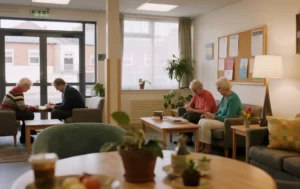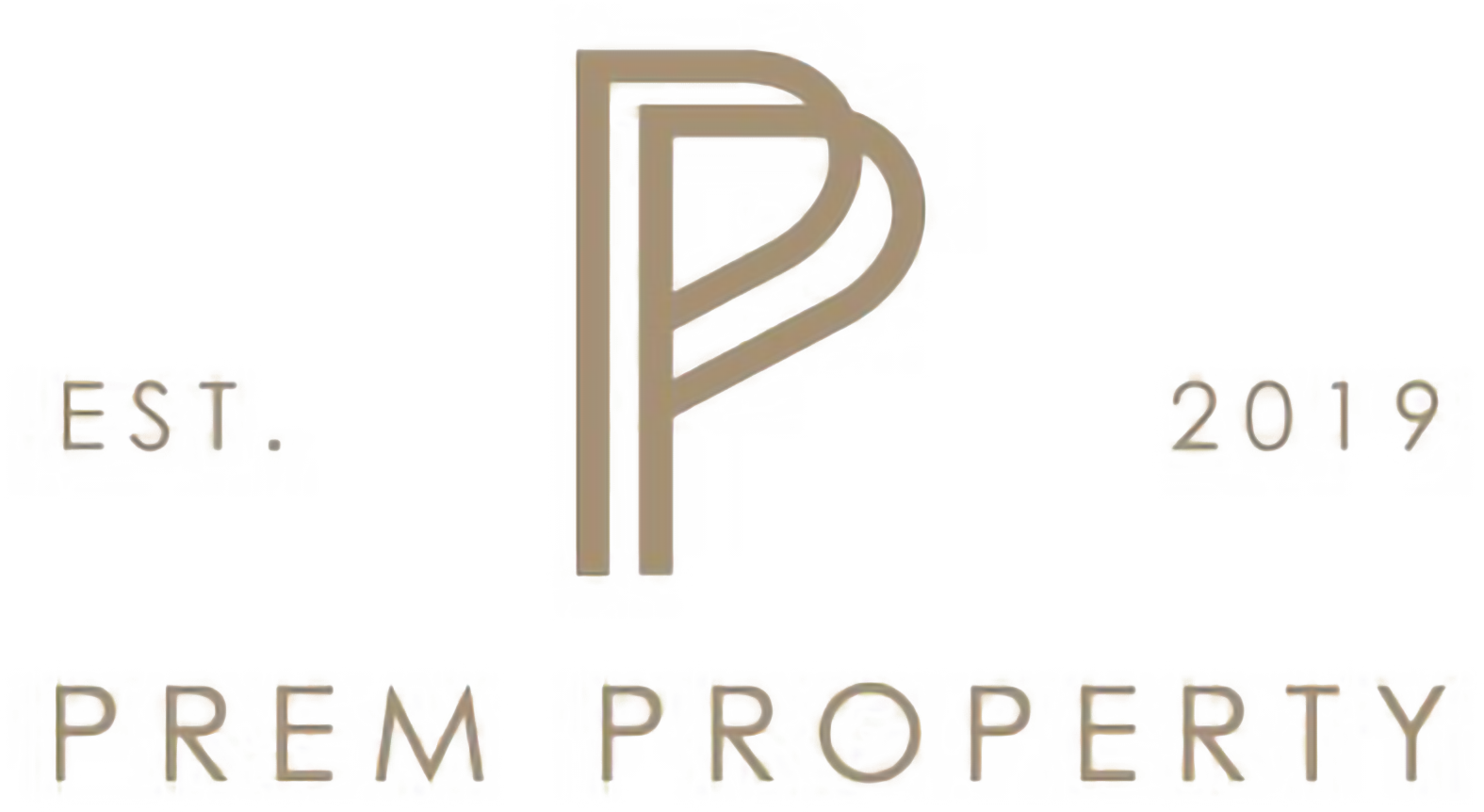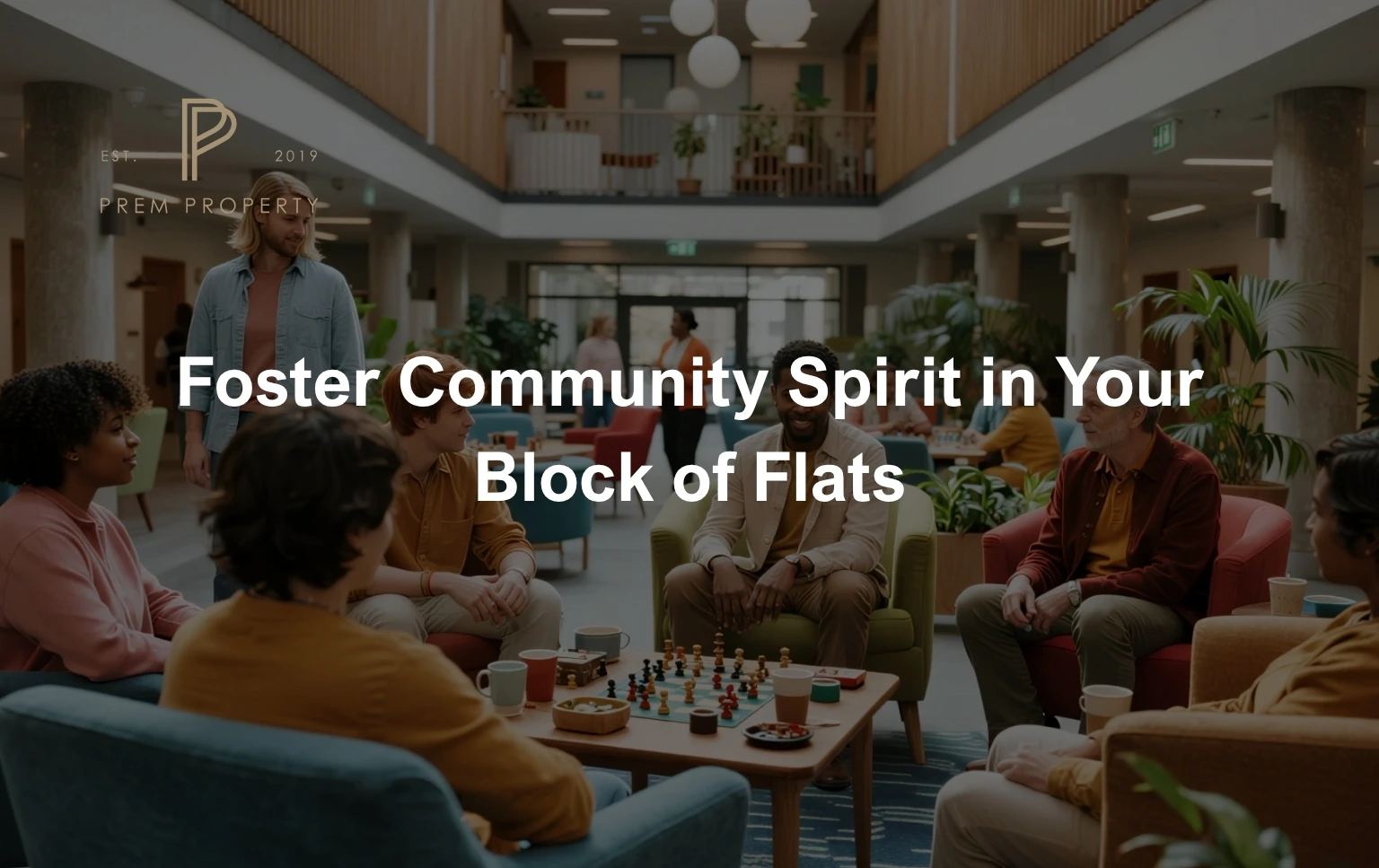Living in close proximity doesn’t automatically create a sense of belonging. Indeed, many apartment dwellers find themselves feeling more isolated than connected, despite sharing walls with dozens of neighbours. However, transforming a collection of individual flats into a thriving residential community is entirely achievable with the right approach and consistent effort.
Successfully building community spirit requires deliberate action, thoughtful planning and genuine commitment to fostering meaningful connections between residents. Moreover, the benefits extend far beyond simple neighbourly pleasantries, creating tangible improvements in property values, resident satisfaction, and overall quality of life.
The Foundation: Understanding Why Community Matters
Strong residential communities deliver remarkable benefits that ripple through every aspect of apartment living. Residents who feel genuinely connected to their neighbours experience significantly reduced feelings of loneliness and isolation. Furthermore, these connections create natural support networks that prove invaluable during challenging times.
From a property management perspective, cohesive communities generate fewer complaints, demonstrate greater cooperation with building policies and maintain higher standards of care for shared spaces. Additionally, properties with strong community reputations consistently attract quality tenants and command premium rental rates.
Connected neighbours naturally become invested stakeholders who report maintenance issues promptly, respect communal areas, and contribute positively to the building’s atmosphere. Subsequently, this collaborative approach reduces management costs whilst simultaneously enhancing the living experience for everyone involved.
Transforming Communal Spaces into Community Hubs
Shared areas represent the beating heart of any residential community. Nevertheless, many apartment buildings treat these spaces as mere functional necessities rather than opportunities for connection. Consequently, sterile corridors and unwelcoming common rooms actively discourage the very interactions that build community bonds.
Creating inviting communal spaces begins with thoughtful design choices that prioritise comfort and accessibility. Comfortable seating arrangements naturally encourage residents to pause, relax, and engage with passing neighbours. Similarly, strategic placement of seating creates informal gathering points where spontaneous conversations can flourish.
Adding personal touches transforms clinical spaces into warm, welcoming environments that residents actively want to use. Soft lighting creates intimate atmospheres, whilst carefully selected artwork and plants inject personality and character. Meanwhile, community noticeboards serve dual purposes, providing practical information whilst demonstrating active resident engagement.
Furthermore, encouraging resident use of communal facilities for small gatherings, hobby groups and informal meetings creates regular opportunities for interaction. Clear usage guidelines ensure fair access whilst maintaining appropriate boundaries that respect everyone’s comfort levels.
Regular maintenance and prompt attention to cleanliness issues demonstrate genuine care for these shared spaces. Residents consistently gravitate towards areas that feel safe, clean, and well-maintained, making ongoing upkeep essential for community building success.

Strategic Event Planning: Bringing Neighbours Together
Community events serve as powerful catalysts for building lasting relationships between residents. However, successful events don’t require elaborate planning or significant financial investment. Instead, simple, inclusive gatherings often prove most effective at encouraging participation across diverse resident demographics.
Seasonal celebrations naturally provide excellent starting points for community events. Easter egg hunts delight families with children, whilst Christmas tree decorating sessions create shared memories and traditions. Summer barbecues offer relaxed opportunities for extended conversations, allowing residents to discover common interests and build genuine friendships.
Practical community activities combine relationship building with tangible benefits for the entire building. Organised litter picks and gardening days foster pride in shared spaces whilst providing natural conversation starters. These activities particularly appeal to environmentally conscious residents and those who take pride in their home environment.
Regular social gatherings like coffee mornings and afternoon tea sessions create consistent opportunities for connection. These events prove especially valuable for welcoming new residents and supporting adults neighbours who might otherwise feel isolated. Additionally, establishing regular schedules helps residents plan participation around their existing commitments.
Interest-based groups such as book clubs, film nights, and craft circles utilise shared facilities whilst building connections around common hobbies. Remote workers particularly benefit from organised co-working sessions in communal spaces, creating professional networking opportunities alongside personal relationships.
Successful events share several key characteristics: they remain inclusive, informal, and low-pressure. Not every resident will participate, but extending genuine invitations demonstrates community spirit and creates awareness of ongoing activities. Including event information in welcome packs ensures new residents understand available opportunities from the outset.
Communication Excellence: The Cornerstone of Community Engagement
Effective communication forms the backbone of every successful residential community. Residents who feel informed, heard, and valued naturally contribute more positively to community life. Conversely, poor communication breeds suspicion, resentment and disengagement that undermines community building efforts.
Multiple communication channels ensure information reaches residents through their preferred methods. Traditional noticeboards remain valuable for important announcements, whilst digital platforms enable real-time updates and interactive discussions. Regular newsletters provide comprehensive updates whilst messaging groups facilitate immediate community conversations.
Transparency in property management decisions builds trust and demonstrates respect for resident investment in their homes. Sharing information about service charge spending, maintenance schedules, and proposed improvements helps residents understand the reasoning behind decisions that affect their daily lives.
Actively seeking resident feedback transforms communication from one-way information sharing into genuine dialogue. Simple online polls, suggestion boxes, and informal feedback sessions demonstrate that resident opinions genuinely matter. Moreover, following up on feedback with explanations of actions taken or decisions made maintains momentum and encourages continued engagement.
Clear contact information and accessible reporting procedures ensure residents know exactly how to raise concerns, ask questions, or contribute ideas. Removing barriers to communication encourages proactive engagement whilst preventing minor issues from escalating into major problems.
Creating Welcoming Environments Through Thoughtful Design
The physical environment significantly influences how residents perceive and interact with their community. Thoughtful design choices create subconscious messages about the type of community that exists within the building. Clean, well-maintained spaces with personal touches communicate care, pride and attention to detail.
Displaying resident artwork, local school projects, or work from neighbourhood artists personalises shared spaces whilst celebrating community creativity. Seasonal decorations that comply with safety regulations inject colour and warmth into communal areas, creating talking points and demonstrating active community participation.
Practical additions like shared bookshelves, plant exchange tables and community bulletin boards encourage resident interaction whilst providing genuine value. These initiatives require minimal investment but create ongoing opportunities for neighbours to connect over shared interests.
Allowing residents to personalise their front doors, where possible, helps create individual identity within the collective community. These small expressions of personality make corridors feel more homely whilst providing natural conversation starters between neighbours.
Historical displays celebrating the building’s heritage or neighbourhood history create shared identity and pride. Framed timelines, old photographs, or architectural information help residents feel connected to something larger than their individual flats.
Security and Safety: Essential Foundations for Community Trust
Community spirit cannot flourish without fundamental feelings of safety and security. Residents must feel physically safe in shared spaces and emotionally secure in their interactions with neighbours. Consequently, maintaining robust security measures whilst fostering openness requires careful balance and ongoing attention.
Well-functioning entry systems, consistent lighting, and clear sightlines in communal areas create physical security foundations. Regular maintenance of these systems demonstrates commitment to resident safety whilst preventing opportunistic security breaches.
Transparent communication about health and safety procedures, maintenance schedules, and compliance measures reassures residents that their wellbeing remains a top priority. Sharing information about completed assessments and ongoing safety initiatives builds confidence in building management whilst demonstrating professional standards.
Establishing clear policies regarding anti-social behaviour creates boundaries that protect community harmony. Zero-tolerance approaches to harassment, noise complaints, and disruptive behaviour ensure that community building efforts aren’t undermined by problematic residents. Anonymous reporting systems enable residents to raise concerns without fear of retaliation.

The Prem Property Advantage: Guaranteed Rent Solutions for Community-Focused Properties
Properties with strong community spirit consistently attract quality tenants and generate stable rental income. Prem Property’s Guaranteed Rent solution recognises this connection, offering property owners comprehensive rental guarantees that support community building initiatives.
Unlike traditional letting schemes, Prem Property provides genuine solutions that prioritise long-term tenant satisfaction and community stability. This approach particularly benefits properties that invest in community building, as satisfied tenants naturally remain longer and recommend properties to friends and colleagues.
Final Thoughts: Building Communities That Thrive
Creating vibrant residential communities requires consistent effort, genuine commitment, and strategic thinking. However, the rewards—reduced turnover, higher property values, improved resident satisfaction and enhanced quality of life—justify the investment many times over.
Successful community building starts with small steps: a friendly notice, a welcoming email, or a simple seasonal event. These modest beginnings create momentum that builds over time, transforming collections of individual flats into genuine communities where residents choose to build their lives.
In today’s increasingly disconnected world, fostering real community connections isn’t merely desirable—it’s essential for creating properties where people genuinely want to live, stay, and thrive.

